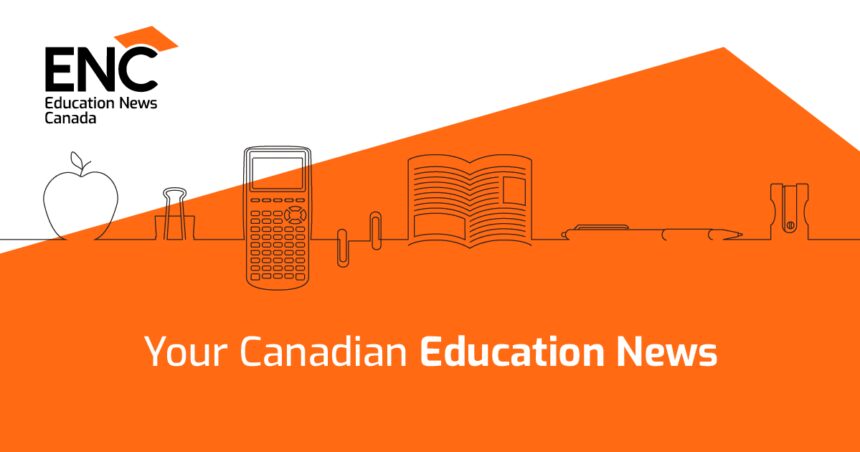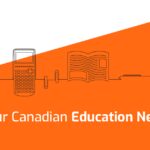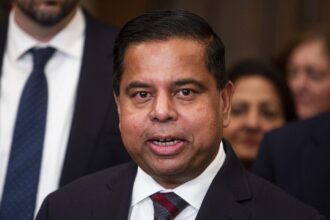In a groundbreaking investigation that exposes systemic inequities in provincial education systems, researchers at Brock University have uncovered significant disparities in how Indigenous education is funded across Ontario. The comprehensive study, led by a team of Indigenous and non-Indigenous scholars, reveals a complex web of funding mechanisms that ultimately shortchange First Nations, Métis, and Inuit students throughout the province.
“What we found is deeply troubling but not surprising to many Indigenous communities who have been raising these concerns for decades,” explains Dr. Michelle Bomberry, lead researcher and Indigenous education advocate. “The funding formulas currently in place create substantial barriers to equitable education for Indigenous learners from kindergarten through post-secondary levels.”
The research team analyzed provincial funding data spanning the past decade, comparing allocation patterns between Indigenous education initiatives and mainstream educational programming. Their findings show that while the provincial government has publicly committed to reconciliation efforts, the financial reality tells a different story.
Indigenous students in Ontario receive approximately 30% less per-capita funding than their non-Indigenous counterparts when all sources of educational support are calculated. This gap widens dramatically in remote northern communities, where the funding differential can exceed 60% despite significantly higher operational costs.
Provincial officials have defended current funding models, citing various supplementary programs intended to address Indigenous educational needs. However, the Brock researchers discovered these supplementary funds are often tied to rigid application processes with high administrative burdens, making them inaccessible to many communities already struggling with limited resources.
“We’re seeing a bureaucratic maze that effectively prevents access to supposedly available funding,” notes Dr. James Tallman, educational policy expert and co-author of the study. “Communities need dedicated grant writers and administrators just to navigate the system, which many simply cannot afford.”
The report identifies several critical areas where funding inequities are particularly pronounced, including language revitalization programs, cultural education initiatives, and community-based learning supports. These programs are often classified as “enrichment” rather than core educational components, resulting in unstable, year-to-year funding that prevents long-term planning and development.
Perhaps most concerning is the study’s finding that schools with high Indigenous student populations face disproportionate challenges securing capital funding for infrastructure improvements. Many operate in aging facilities with inadequate technology, libraries, and specialized learning spaces compared to schools in predominantly non-Indigenous communities.
The research team worked closely with Indigenous educational leaders across Ontario to document real-world impacts of these funding disparities. Their testimony reveals how financial constraints directly affect educational outcomes, cultural programming, and student well-being.
“We’ve been forced to choose between hiring additional support staff or maintaining our language program,” explains Sarah Manitowabi, education director for an Indigenous school board that participated in the study. “These are impossible choices that non-Indigenous schools simply don’t face to the same degree.”
The Brock study arrives at a critical moment as Ontario reviews its education funding formula. Researchers have presented their findings to provincial officials along with a comprehensive set of recommendations for restructuring Indigenous education funding to address historical inequities while respecting Indigenous self-determination in education.
As discussions about reconciliation continue across Canada, this research raises profound questions about commitment versus action. If education truly represents a path toward healing and opportunity, why do we continue to maintain funding systems that perpetuate the very inequalities we claim to be addressing?










